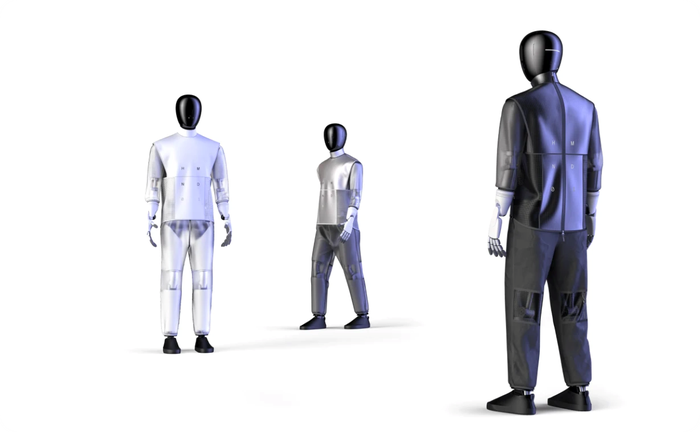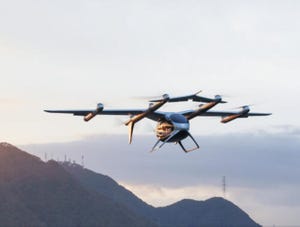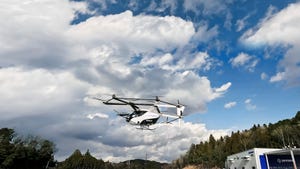Four-Legged Robot Gets Ability to Problem SolveFour-Legged Robot Gets Ability to Problem Solve
The new program, developed by ETH Zurich, allows the robot to solve a variety of real-world manipulation tasks with minimal human intervention
.png?width=1280&auto=webp&quality=95&format=jpg&disable=upscale)
A team from ETH Zurich has created a novel system for its four-legged robot ANYmal, allowing it to solve real-world problems with minimal human intervention.
“The main goal was to allow robots, namely legged mobile manipulators, to solve a variety of real-world tasks like traversing doors, opening/closing dishwashers and manipulating valves in an industrial setting,” said Jean-Pierre Sleiman, first author of the study.
According to Sleiman, the team was particularly interested in tasks that required the robot to consider multiple steps, rather than “pick-and-place applications.”
Typically, these more complex commands would require a program that addresses each required task individually, or by having a remote operator show the robot how to solve the task and the robot mimicking the action.
To create a more streamlined, single solution, however, the team created a program that allows the robot to automatically identify the necessary behaviors to complete certain maneuvers, without requiring any detailed guidance for any of them.
“All of the loco-manipulation tasks that we aimed to solve can be modeled as Task and Motion Planning (TAMP) problems,” said Sleiman. “TAMP is a well-established framework that has been primarily used to solve sequential manipulation problems where the robot already has a set of primitive skills (e.g., pick object, place object), but still has to properly integrate them to solve a more complex long-horizon task.
“This perspective allowed us to devise a single unified (bi-level) optimization formulation that can encompass all our tasks, and to exploit domain-specific (instead of task-specific) knowledge.”
In tests, the system was able to rapidly identify and enact the correct movements to complete the required tasks, with a user only needing to input a simple command.
Real-world use cases for these kinds of mobile manipulator robots range from domestic to industrial, though according to Sleiman the primary deployment is expected to be in the latter, assisting human workers with repetitive maintenance tasks.
Next, the team will be adapting the system to allow for real-time adaptation in response to potential issues or changes, such as encountering unknown objects or losing contact with the original object. These changes will make the system “real-time capable” and move it closer to full autonomy.
About the Author
You May Also Like







